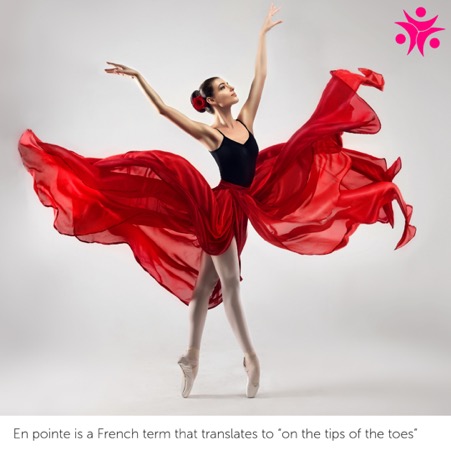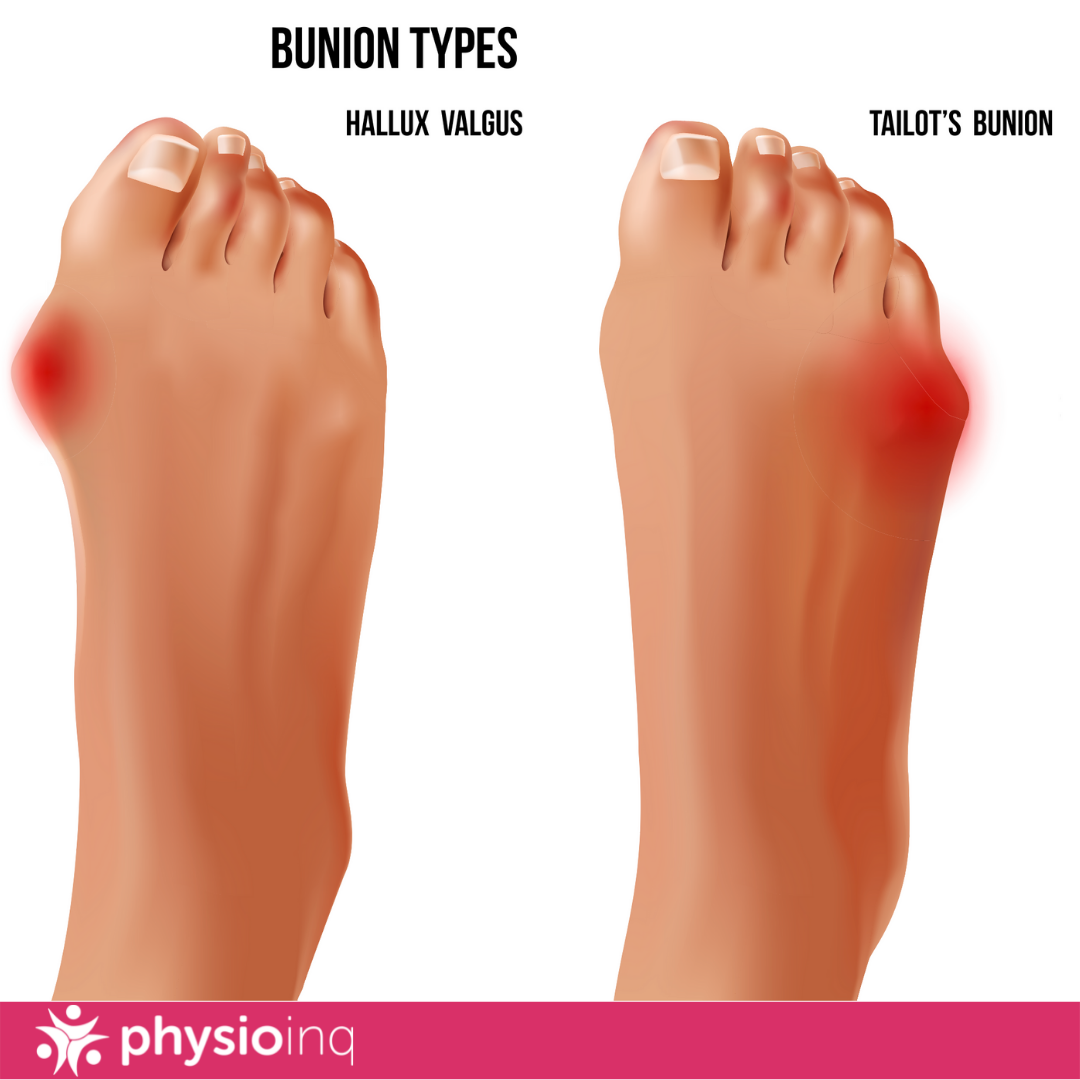Make an Appointment
Are you a ballet dancer? Then you have probably tried pointe shoes or it is your dream to dance en pointe. En pointe is a French term that translates to “on the tips of the toes” and it literally what it sounds like – dancing right up on the tips of your toes!
As the picture shows, you are able to achieve this with the help of pointe shoes. Although that does not mean it’s easy; it requires a combination of strength and enough range of movement in the foot and ankle to achieve this position and to be stable while there.

The International Association for Dance Medicine and Science (IADMS) recommends that a young dancer fulfil a criterion prior to dancing en pointe. There is no simple answer to the question of if you are ready to dance en pointe which is where the importance of a biomechanical assessment by a trained physiotherapist becomes clear.
The general guidelines to going en pointe are:
- Not before age 12
- Being anatomically sound; for example, sufficient ankle and foot plantar flexion range of motion and lower extremity alignment.
- If you are truly not pre-professional then pointe work is discouraged
- Strong and stable core – this includes both the trunk and pelvis
- If there is hypermobility in the feet and ankles then considering that the dancer will require increased strength to control this hyper movement.
- Practices ballet twice a week or more and is in their fourth year of training.
Dancing in pointe shoes increases the forces being transferred through the foot by 12 times body weight so not being biomechanically sound or strong enough to sustain this will increase the likelihood of injury.
The most common injuries for ballerinas are ankle and foot injuries including but not limited to; ankle sprains, hallux valgus, hallux rigidis, flexor hallucis longus tendinitis, posterior impingement syndrome, Lisfranc joint sprains/fractures/dislocations and stress fractures.
A biomechanical assessment by a trained physiotherapist will include:
- Discussion on the background of the dancer and determination of if they have the right training and years of experience to progress en pointe.
- Anatomical assessment of the lower limbs looking specifically at alignment and range of movement.
- Strength and stability assessment of the lower limbs, pelvis and trunk
- Prescription of a strengthening and/or stretching program if required to reduce the risk of injury. A follow up appointment may be required to assess the effectiveness of the program and progress any exercise as required.
- A final report that is sent to the dancer and teacher outlining the results of the assessment and the final recommendation.
So, if you are involved in ballet at all, as a dancer, teacher or parent of a dancer then ensure you look into getting a pointe assessment prior to going en pointe? It may just increase your longevity of your dancing life and decrease the risk of injury.
Find your local clinic or home physiotherapy service at Physio Inq today for all of you dancing needs. We now have clinic and mobile locations across Australia. Find your local Physio Inq service here
Feel stronger.
Move better.
Think clearer.
Date Published: Tuesday, July 23, 2019
Locate a Mobile Physiotherapy
Service Near me
Get the experience & convinence you deserve to support your or a loved one's allied health needs.
Our Mobile Physiotherapy team are currently serving & taking appointments in the following states and regions in Australia:
Need to get into direct contact with ur Client Services team? We're all ears. Call our team directly on 1300 731 733














